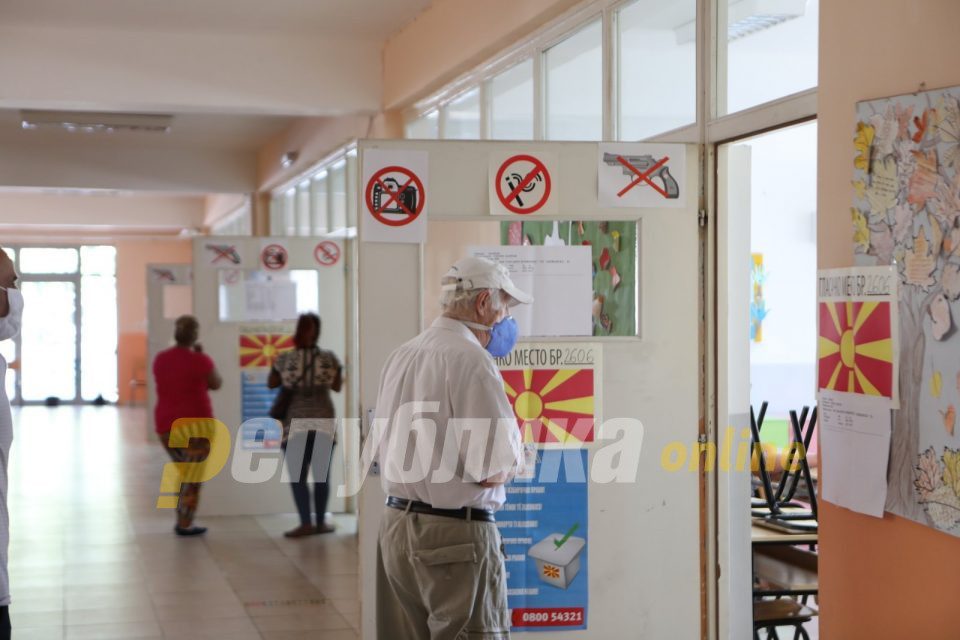Turnout at 17h rose to 38.78 percent or 703.522 voters (out of a total of 1.81 million).
Turnout remains highest in the two eastern districts where the electoral rolls match most closely the number of actual residents. The third district had a turnout of 43.85 percent, or 122.128 voters, and the 4th, south-eastern district had 43.99 percent or 124.276 voters.
Voters in the 6th, north-western district, which is also the only majority ethnic Albanian district, continue to have the lowest turnout rate – 91,674 voted by 17h, which amounts to a turnout rate of 29.6 percent. This district has the highest emigration rate and a high rate of dual citizens, many of whom usually come on election day, but were probably prevented this year due to the Europe-wide coronavirus restrictions.
Skopje’s urban 1st district also has a high turnot rate – 127,005 citizens voted for a rate of 41.07 percent. The 2nd and the 5th district, which also have emigration and voter roll issues but not at the level of the 6th district, have turnout rates of 36.98 and 38.21 percent, or 118,270 and 120,159 voters, respectively.
These rates are significantly lower compared to the high turnout 2016 general elections, but this year citizens have extra two hours to vote – a measure put in place to reduce crowding and avoid exposure to the coronavirus.
Each district sends 20 members to the Parliament, and the votes are distributed between the party lists proportionately to the number of votes the party won.





Comments are closed for this post.